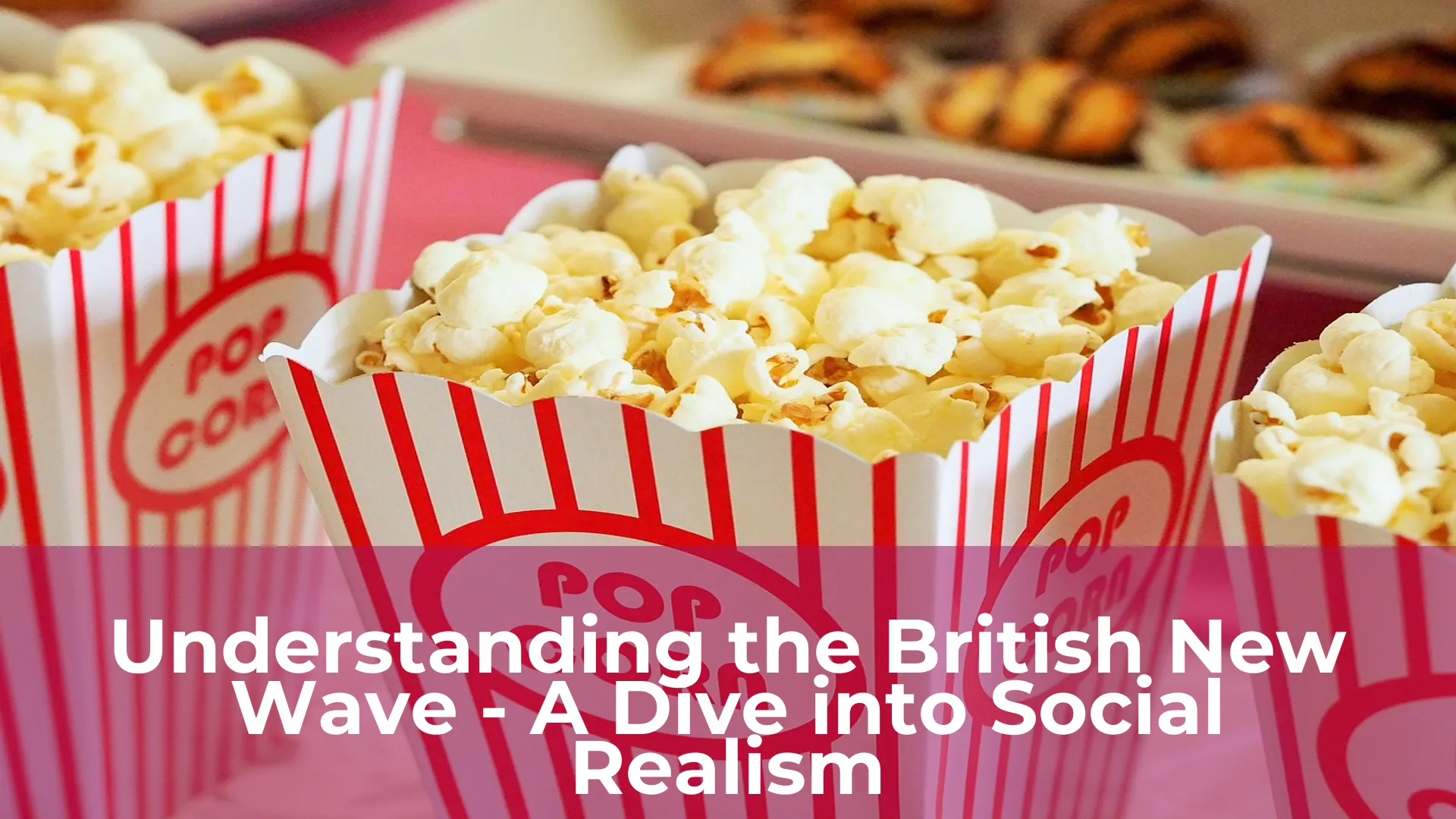The British New Wave was a cinematic movement that emerged in the late 1950s and early 1960s. It was characterized by a focus on the working-class, a gritty realism, and an exploration of social issues. The movement was born out of a desire to break away from the traditional, often formulaic, British cinema of the time. Instead, the filmmakers of the British New Wave sought to create films that reflected the reality of life in post-war Britain.
Social realism was a key element of the British New Wave. Filmmakers used non-professional actors, documentary-style techniques, and real-life locations to create a sense of authenticity. The films of the British New Wave often tackled difficult and controversial subjects, such as racism, sexism, and poverty. These films were not afraid to show the harsh realities of life, and they often left audiences feeling uncomfortable. However, they also provided a unique and important perspective on British society during a time of great change.
1. The Emergence of British New Wave Cinema
The British New Wave Cinema was a significant artistic movement that emerged in the 1950s and 1960s. It was a product of a post-war generation of filmmakers who sought to portray the harsh realities of life in Britain. This new wave of filmmakers was known for their gritty, realistic portrayals of working-class life that were often shot on location and featured non-professional actors.
One of the most significant films of this era was “Look Back in Anger” (1959), directed by Tony Richardson. The film starred Richard Burton as a disillusioned young man who struggles to find his place in society. It was a groundbreaking film that marked the beginning of a new era in British cinema. With its raw and unflinching portrayal of working-class life, it offered a fresh perspective on the struggles of ordinary people in post-war Britain.
The British New Wave Cinema also gave rise to several other celebrated filmmakers, including Ken Loach, Lindsay Anderson, and John Schlesinger. These directors were known for their social realism and their willingness to explore controversial themes. Their films often tackled issues such as class, gender, and sexuality, and offered a powerful critique of the political and social structures of the time.
2. What is Social Realism?
Social Realism is a term used to describe a style of art that portrays the harsh realities of life lived by the working class. It emerged in the early 20th century in the United States as a response to the Great Depression, with artists who were determined to depict the struggles and injustices faced by ordinary people. Social Realism has since come to be associated with the depiction of the working class, poverty, oppression, and social and political issues.
Artists who work in the Social Realist style often use a range of mediums, including painting, sculpture, and photography. They aim to create a realistic portrayal of the world that reflects the social and political realities of the time. Social Realism not only depicts the struggles of the working class but also aims to inspire change and promote social justice. Some of the most famous Social Realist artists include Jacob Lawrence, Diego Rivera, and Ben Shahn.
The Social Realist movement has had a significant impact on art and society as a whole. It has been influential in shaping public perceptions of social and political issues and has played a vital role in the fight for social justice. Today, Social Realism continues to inspire artists and activists who are committed to creating a more just and equal society. Whether through visual art or other forms of media, the Social Realist style remains a powerful tool for raising awareness about social and political issues and promoting positive change.

